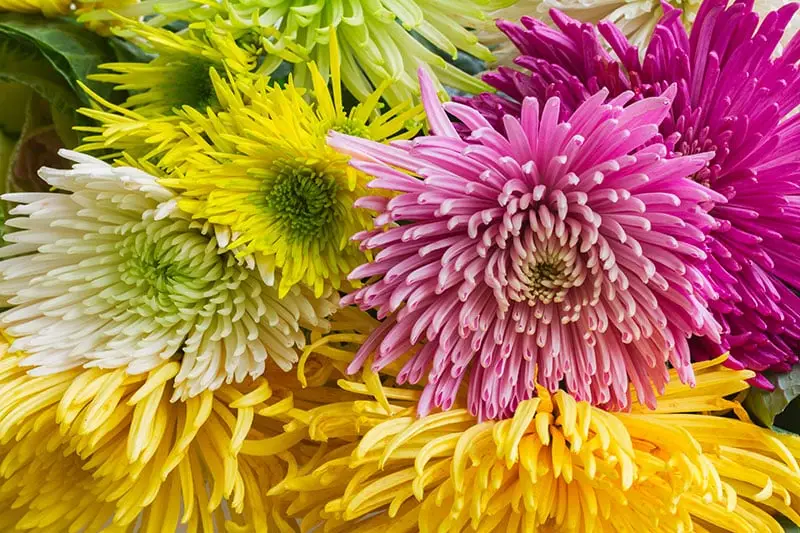If you buy mums from your local grocery store or florist, they are more than likely meant to grow inside as potted plants and will not survive the winter outdoors or transplanted. However, garden mums are hardier and are typically sold in garden centers and plant nurseries. These perennials (USDA zone 5-9) still require excellent drainage, 6 hours of sunlight and root protection, like mulch to survive the winter in East Texas.
If you plant your mums too early, they may not get enough shade to protect them from the blazing hot temperatures we see in September. Plant them too late and the roots may not have enough time to get established before the cold season kicks in. Fertilizer is only beneficial when mums are starting to grow in spring. Don’t fertilize once you see flower buds.
One of the biggest mistakes people make with their mums is forgetting to water them. When the top 1 inch of soil feels dry, it’s best to water. Deadhead your mums in the fall and then let them be. Wait until the following spring or until stems die back to the ground before any additional pruning. Cut the stems down to about one inch above the ground before new growth appears.
You may have been encouraged to pinch back the growing tips of your garden mums. This does help the mum to branch out and become fuller, however, stop pinching growth no later than mid-July to allow the buds to form and flower. In East Texas one of the biggest challenges for garden mums that are planted is drainage. With our heavy clay soil, it is vital to mix in garden soil and compost. If mums aren’t properly cared for over the winter, or you have planted a florist variety rather than a garden variety mum, it may not survive the winter. A final note about mums, according to the ASPCA mums are toxic to pets if ingested.










